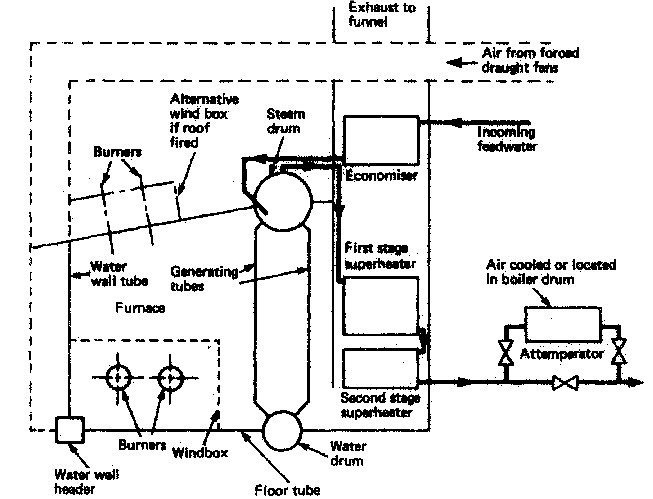
Safe Boiler Operation- Preparations for Raising Steam
A boiler is used to heat feed water in order to produce steam. The
energy released by the burning fuel in the boiler furnace is stored (as
temperature and pressure) in the steam produced.
All boilers have a furnace or combustion chamber where fuel is burnt to release its energy. Air is supplied to the boiler furnace to enable combustion of the fuel to take place. A large surface area between the combustion chamber and the water enables the energy of combustion, in the form of heat, to be transferred to the water.
All boilers have a furnace or combustion chamber where fuel is burnt to release its energy. Air is supplied to the boiler furnace to enable combustion of the fuel to take place. A large surface area between the combustion chamber and the water enables the energy of combustion, in the form of heat, to be transferred to the water.



